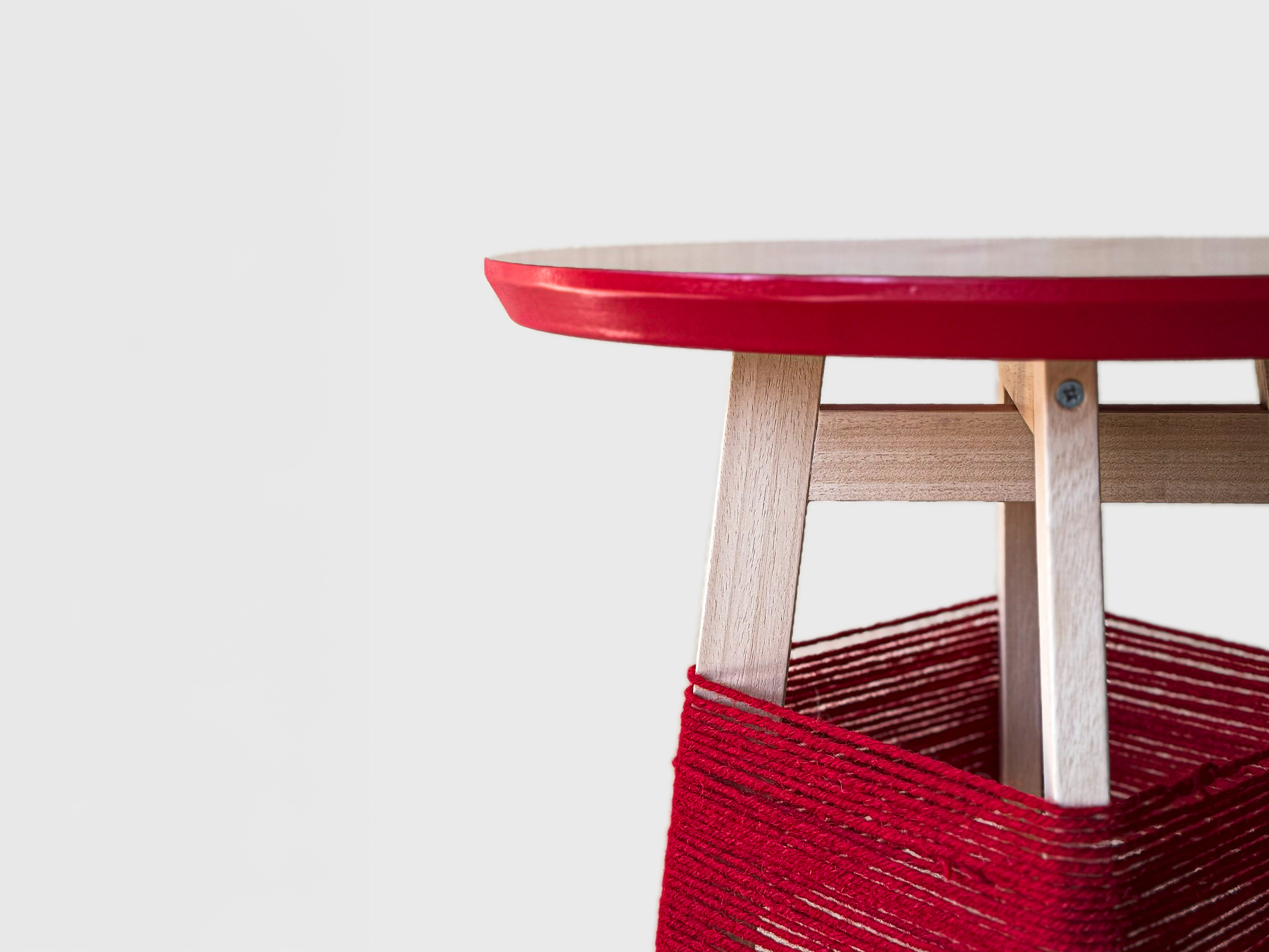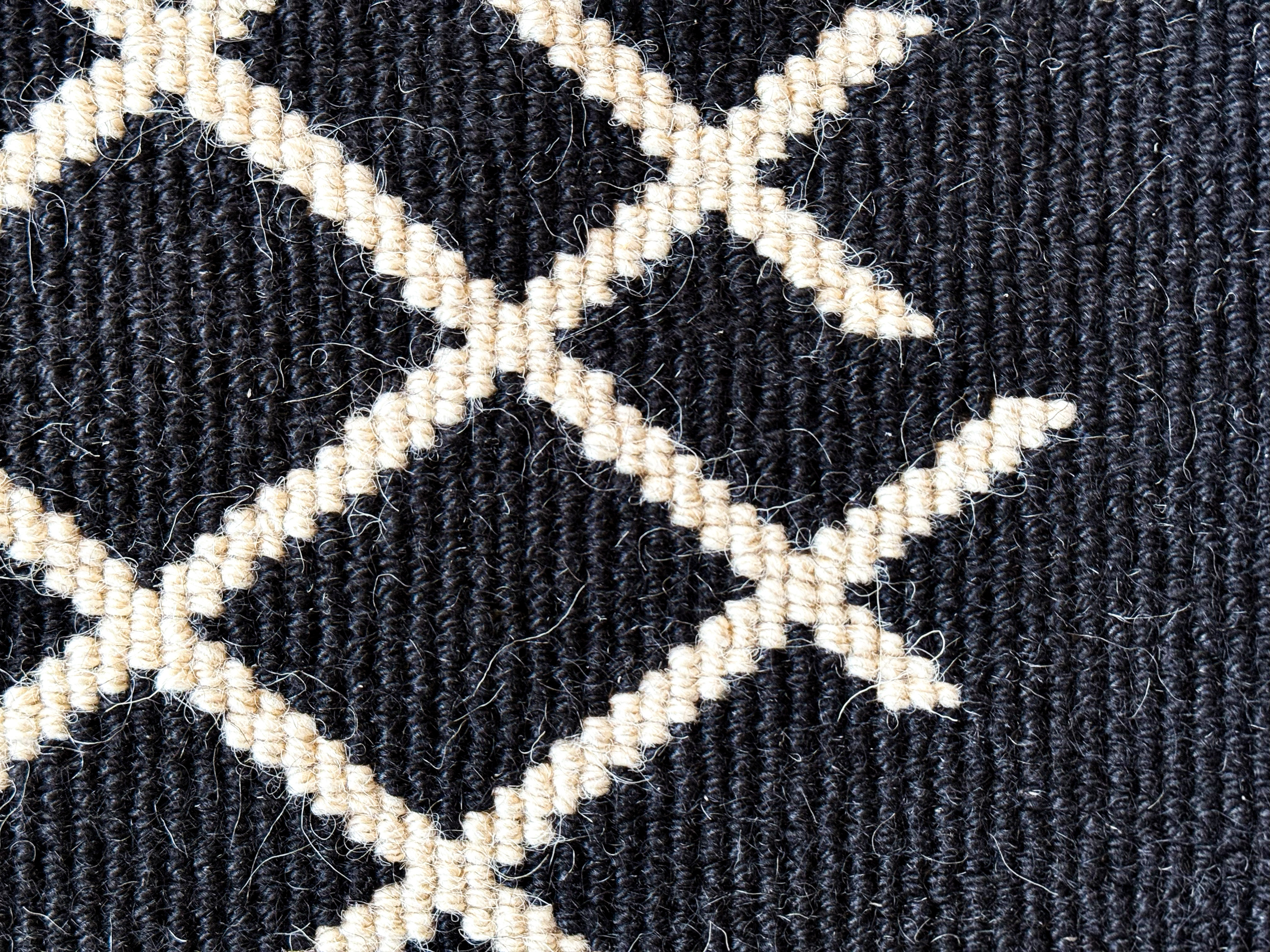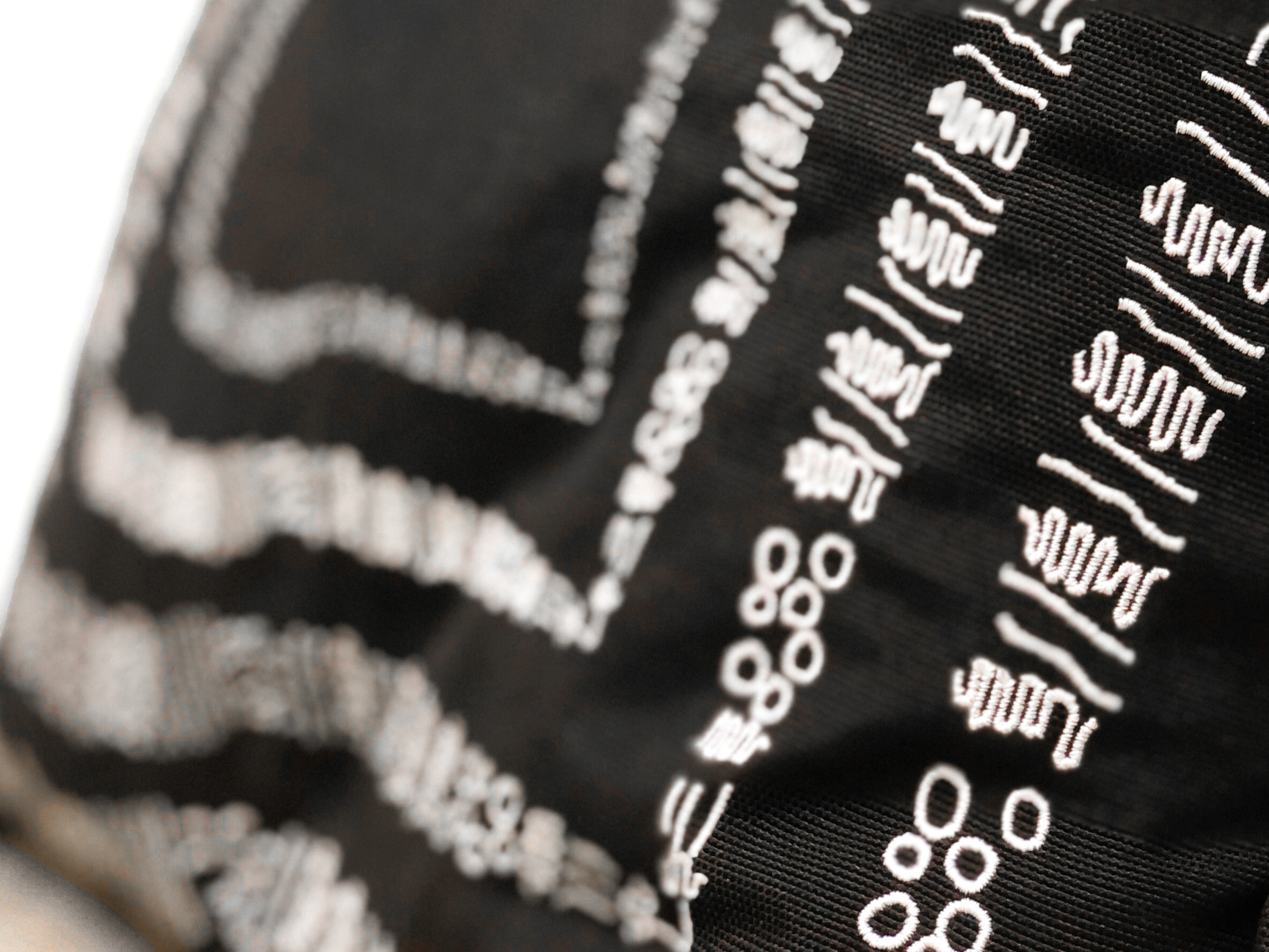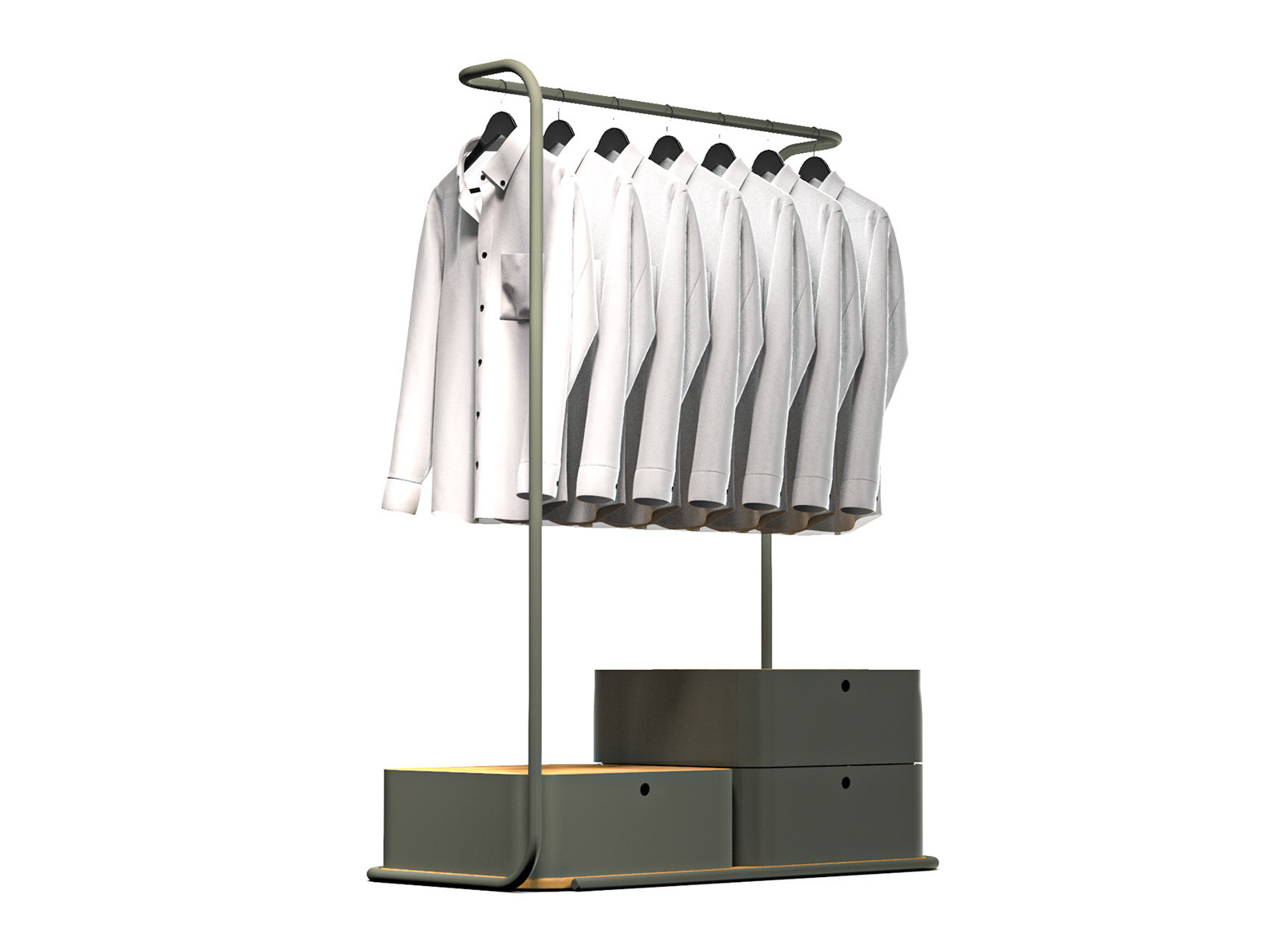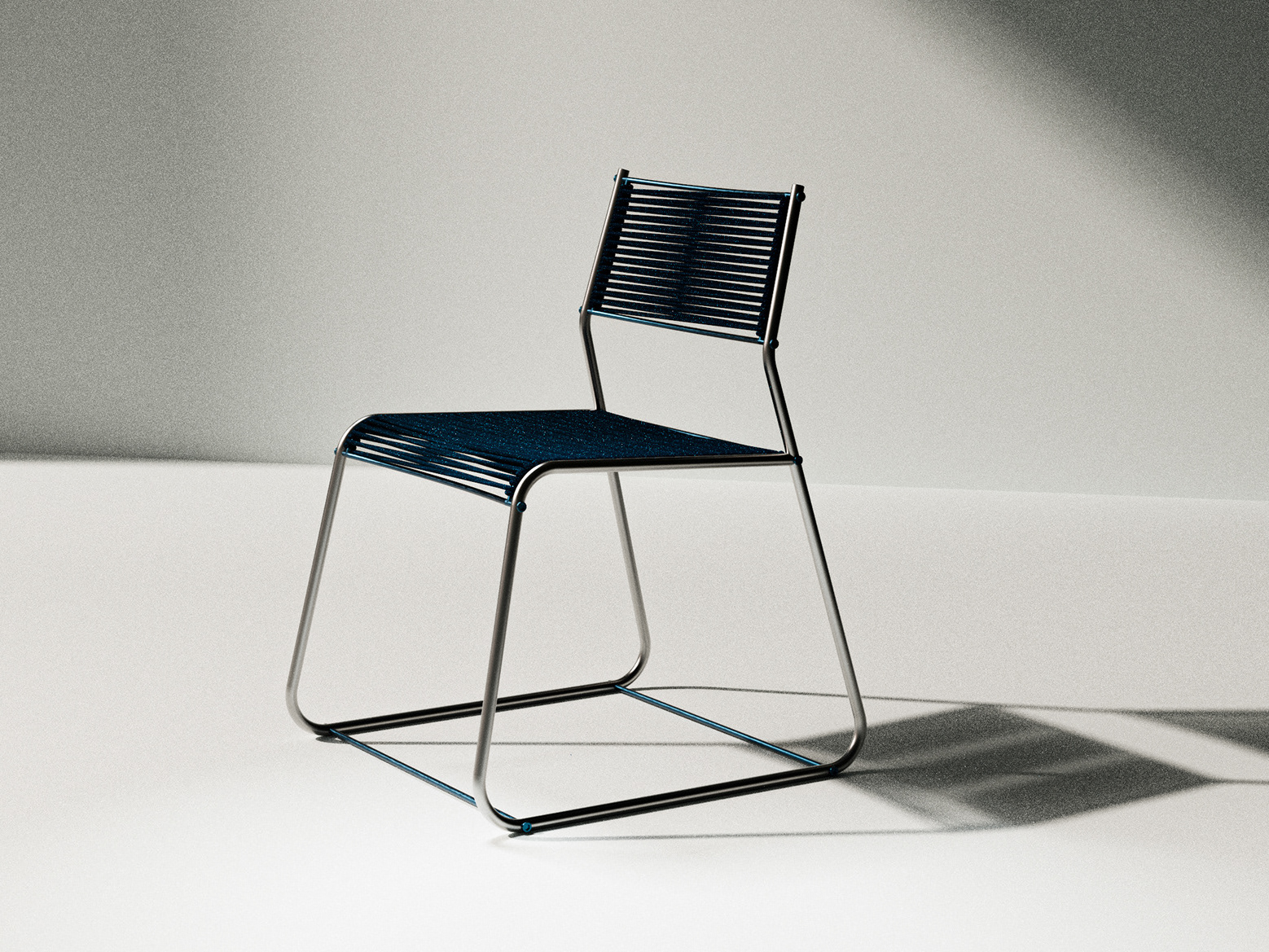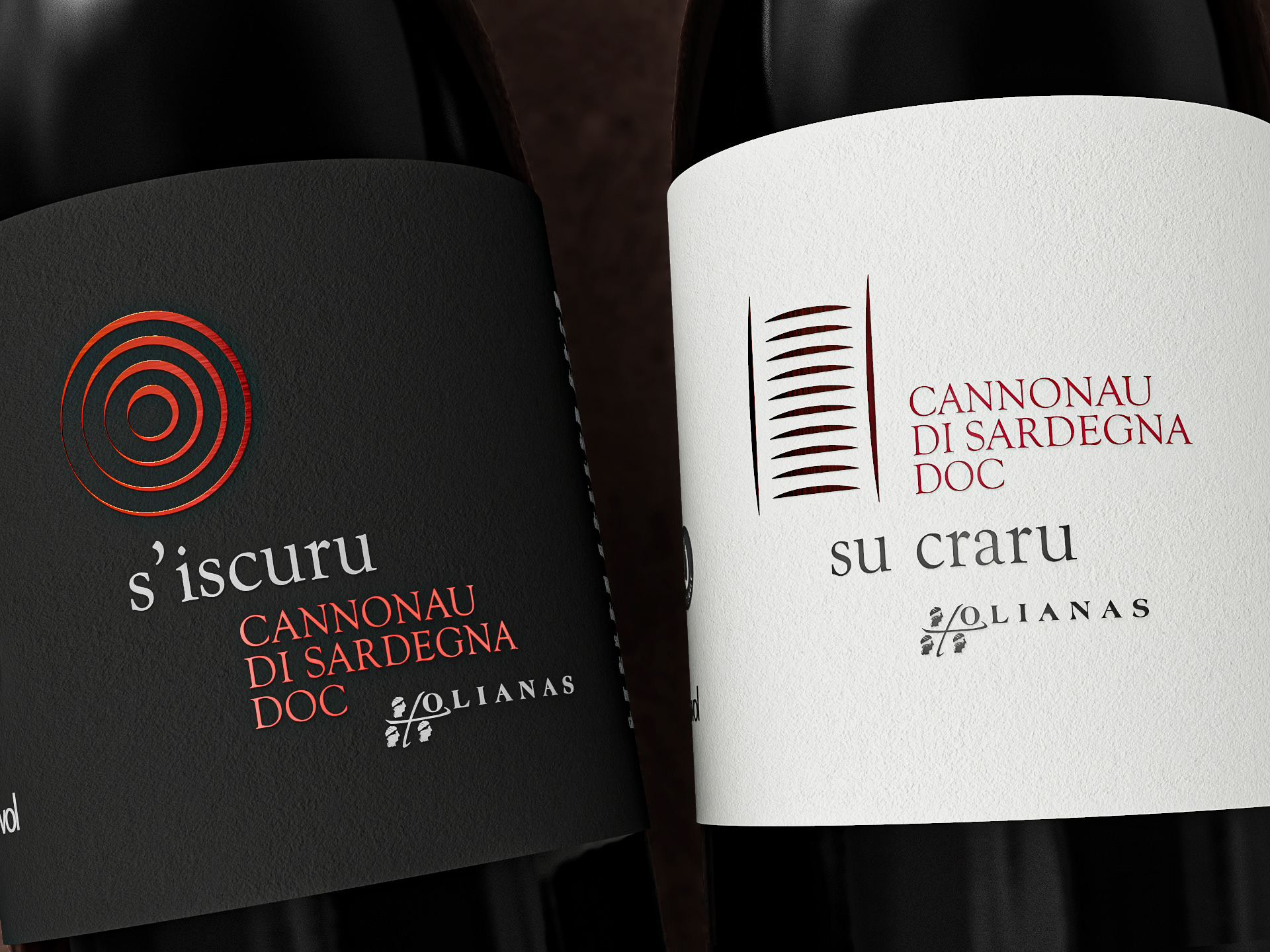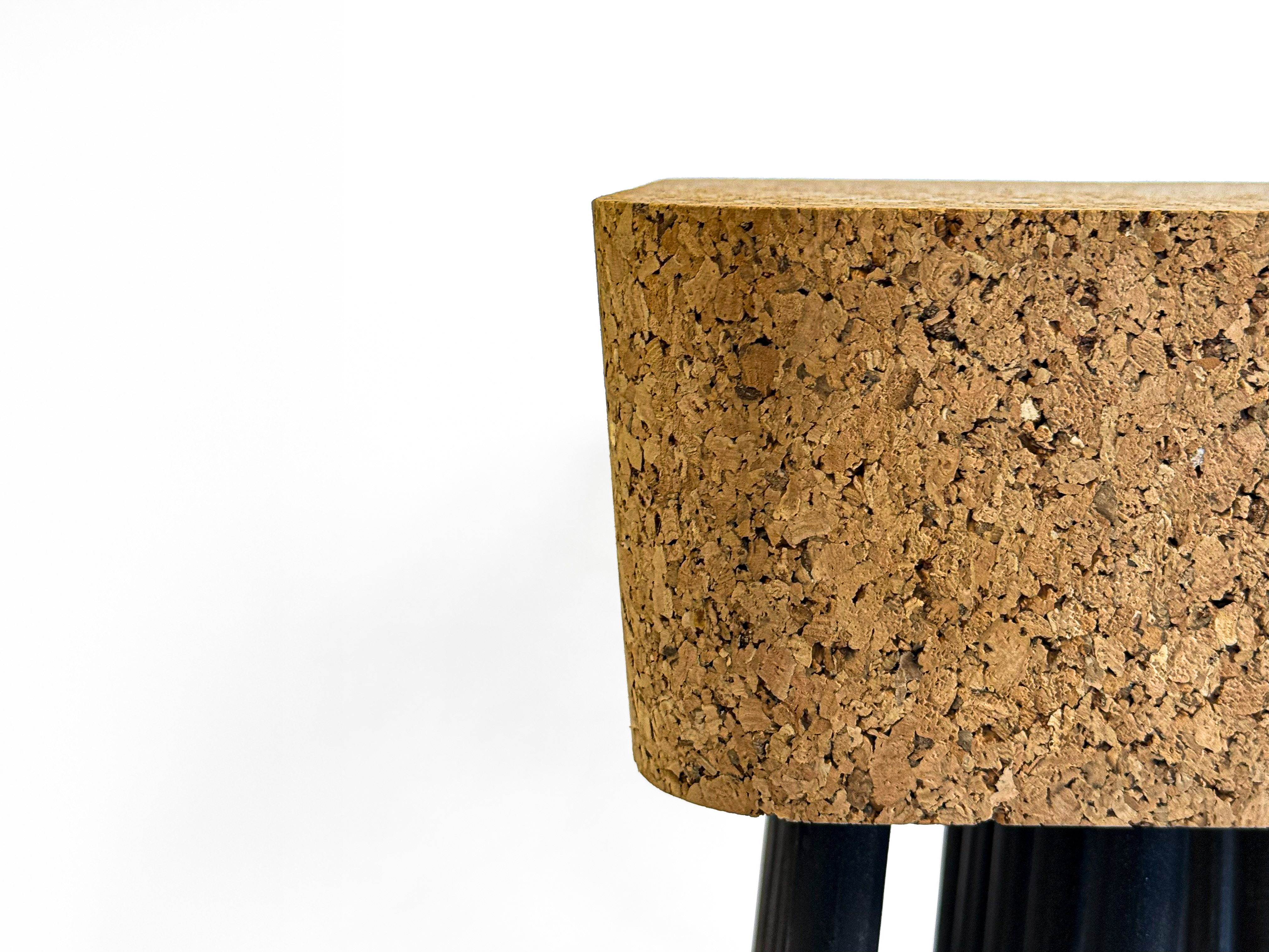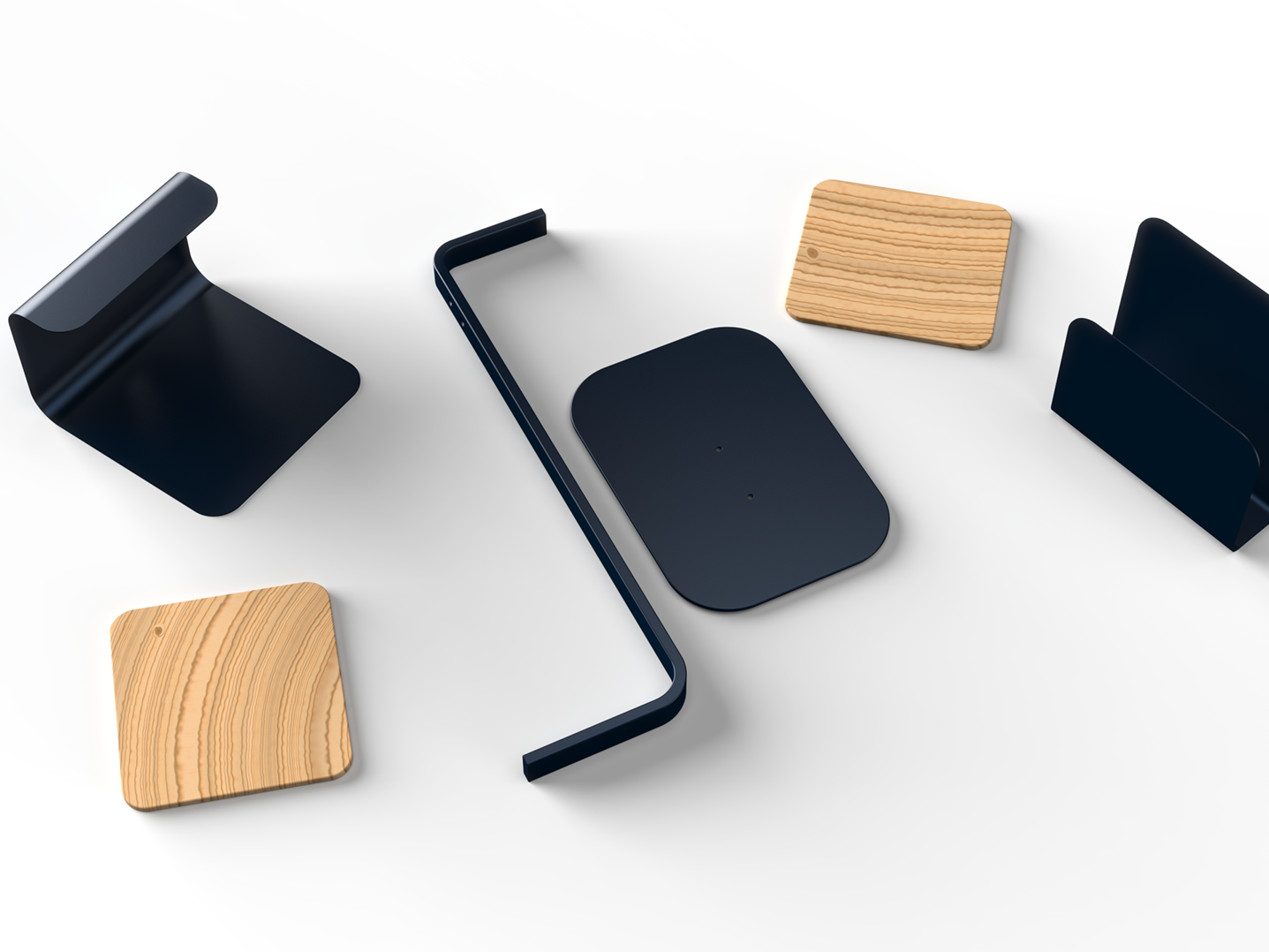Una creatura sottile e allungata, con delle gobbe nere. Una sorta di serpente, ma che ricorda Plesiosauro, sopravvissuto in qualche modo all'estinzione. Questo è Nessie, il mostro che si è guadagnato un posto nell’immaginario di tutti e che vivrebbe nelle profondità del lago di Loch Ness. Sebbene le prime testimonianze risalgano al Medioevo, è stato l’avvistamento del 1933 che ha dato inizio alla creazione moderna del mito attorno a un mostro sfuggente sopravvissuto nelle profondità del lago. Il mostro di Loch Ness rappresenta il mistero su mondi non ancora indagati e conosciuti, unito al desiderio di spingersi oltre ciò che è già noto e dato per scontato.
Se Nessie è pura invenzione connette leggende alla paura dell’ignoto; se invece esiste è stato in grado di connettere milioni di scettici e sognatori che hanno cercato di trovare prove della sua esistenza, affascinati dall'ipotesi che possa vivere nascosto nelle profondità del lago.
È solo una timida creatura capace di collegare epoche distanti milioni di anni e che cerca di sfuggire all’estinzione. Proiettare i nostri animali interiori in creature fantastiche è una pratica trasversale alle ere e alle provenienze geografiche, attinge direttamente ai repertori dell'inconscio collettivo e ci mostra come tutti gli animali e gli umani siano connessi. Grazie a un gioco di parole e associazione di idee “conNessie” rappresenta l’animale fantastico (o no) e diventa supporto da scrivania per cavi di alimentazione di pc e telefoni, ovvero ciò che si pensa in questa epoca ci possa permette di essere costantemente connessi.
A thin, elongated creature with black humps. A kind of snake, but reminiscent of Plesiosaurus, which somehow survived extinction. This is Nessie, the monster who has earned a place in everyone's imagination and who would live in the depths of Loch Ness. Although the earliest records date back to the Middle Ages, it was the 1933 sighting that started the modern creation of the myth around an elusive monster surviving in the depths of the loch. The Loch Ness monster represents mystery about worlds not yet investigated and known, combined with a desire to go beyond what is already known and taken for granted.
If Nessie is pure invention, he connects legends to the fear of the unknown; if he exists, however, he has been able to connect millions of sceptics and dreamers who have tried to find evidence of his existence, fascinated by the hypothesis that he might live hidden in the depths of the loch.
It is just a shy creature capable of linking epochs millions of years apart and trying to escape extinction. Projecting our inner animals into fantastic creatures is a practice that cuts across eras and geographical origins, draws directly on the repertoires of the collective unconscious and shows us how all animals and humans are connected. Thanks to a play on words and association of ideas, 'conNessie' represents the fantasy animal (or not) and becomes a desk holder for power cables for PCs and telephones, in other words, what is thought in this era to allow us to be constantly connected.
conNessie è uno dei nuovi progetti della famiglia Bestiario del brand KeepLife, selezionato in occasione della Dutch Design Week 23 a Eindhoven.
“Quest’anno abbiamo deciso di esplorare l’universo animale. Conoscere chi abita la nostra terra, ci aiuta a capire meglio il nostro mondo, chi siamo e dove stiamo andando. Oggi gli animali si estinguono a una velocità circa 100 volte superiore a quella del passato, tra cambiamenti climatici e la distruzione degli habitat, li mandiamo via dai loro luoghi e poi li accusiamo di invadere il nostro mondo, i nostri spazi urbani.“Bestiario” vuole quindi lanciare un messaggio di sostenibilità e sensibilizzazione a grandi e piccoli, partendo da un oggetto semplice come un gioco o un prodotto da scrivania a forma di animale. L’intera collezione prodotta con il Keep Life, un materiale composito a natura lignea (con brevetto per invenzione industriale) generato utilizzando i gusci di noci, nocciole, castagne, mandorle, pistacchi e arachidi; con l’aggiunta di un legante privo di sostanze nocive, cariche, riempitivi, solventi e formaldeide. I gusci vengono recuperati da produttori locali. KL ha una connotazione ecologica e sociale, non è solo un’alternativa nella scena dei materiali, ma è sensibilizzazione e partecipazione tramite azioni mirate (piantumazione di alberi, workshop,etc) volte a coinvolgere la collettività per favorire l’interesse per ambiente e sostenibilità. Inoltre KL è uno studio di progettazione diffuso che coinvolge designer, aziende, università, piccoli produttori e realtà green per creare una community consapevole, in quanto crediamo che il design sia uno degli strumenti più potenti per influenzare positivamente il mondo e le nostre vite. Partner della nostra mostra itinerante “Bestiario”, AzzeroCO2 nata dalla volontà e l’unione di Legambiente e Kyoto Club per contribuire, attraverso la piantumazione degli alberi, alla transizione ecologica creando per aziende ed enti pubblici un’economia a basso impatto ambientale.”
Scopri di più su keeplife.it.
conNessie is one of the new projects in Bestiario family by KeepLife, selected at Dutch Design Week 23 in Eindhoven.
“This year we decided to explore the animal universe. Knowing who inhabits our land helps us better understand our world, who we are and where we are going. Today animals are going extinct at a speed about 100 times higher than in the past, between climate change and the destruction of habitats, we drive them away from their places and then we accuse them of invading our world, our urban spaces. “Bestiario” therefore wants to launch a message of sustainability and awareness for adults and children, starting from a simple object such as a game or an animal-shaped desk product. The entire collection is made in Keep Life, a wood-based composite material (with a patent for an industrial invention) generated using the shells of dried fruit with the addition of a binder free of harmful substances, fillers, solvents and formaldehyde. The shells (of walnuts, hazelnuts, chestnuts, almonds, pistachios and peanuts) are recovered from local producers. KL has an ecological and social connotation, it is not only an alternative in the scene of new materials, but it is awareness and participation through targeted actions (planting of trees, workshops, etc.) aimed at involving the community to promote interest in the environment and sustainability. KL is also a widespread design studio that involves designers, companies, universities, small producers and green realities to create a community of conscious designers, as we believe that design is one of the most powerful tools to positively influence the world and our lives. The partner of the traveling exhibition “Bestiario” will be AzzeroCO2: an environmental consultancy company, owned by Legambiente and the Kyoto Club, which designs and implements solutions to integrate sustainability into its activities and improve the environmental energy performance of companies and public bodies.”
Find out more on keeplife.it.
photos by simonasbrigliaph
